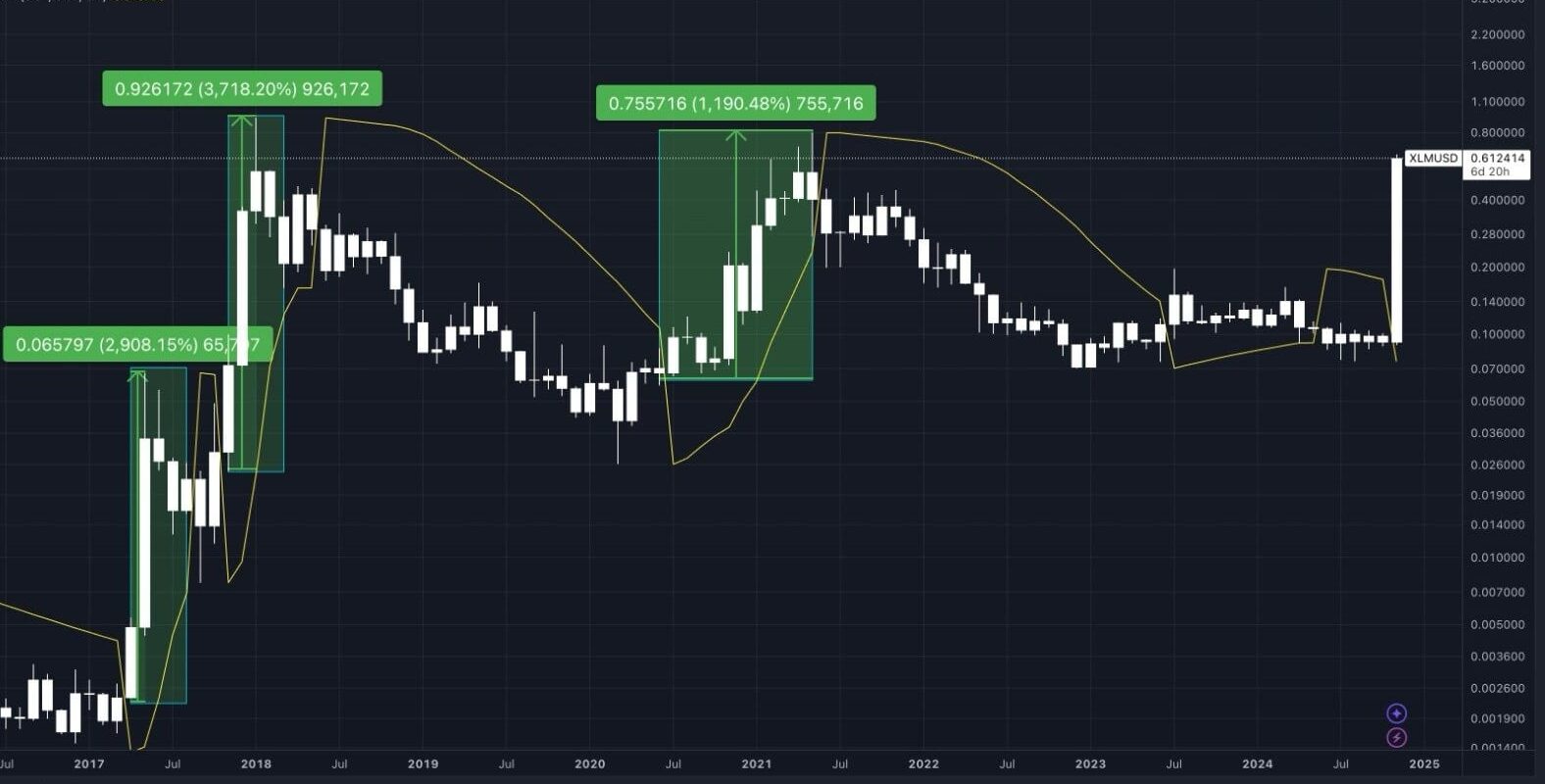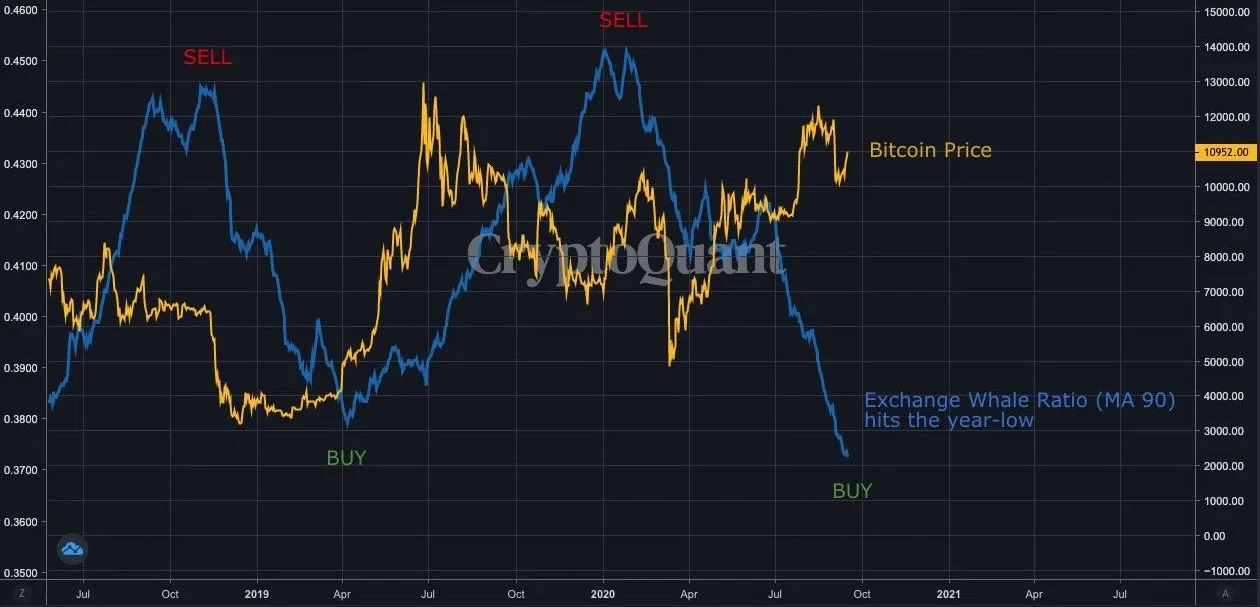
Bitcoin Futures Market Signals Caution Amid Cooling Investor
As essential markers in the Futures Market start to show warning signals, Bitcoin’s continuous comeback may be losing steam. After a robust run that pushed the top cryptocurrency beyond $100,000 in late 2024, Bitcoin has since slumped, trading at $84,000 as of mid-April 2025. Although this retracing does not indicate an instantaneous collapse, current investor behavior—especially in the futures markets—suggests that sentiment is fast cooling.
Bitcoin Futures Signal Caution
The Bitcoin futures market raises serious concerns, as it has recently shifted from an optimistic to a cautious stance. The futures basis—that is, the variation between the price of Bitcoin futures contracts and the spot market price—is one of the main markers of sentiment in this field. This base has become negative for the first time since mid-2023. Futures are therefore trading below spot prices, implying that traders believe Bitcoin will lose value over the near term.

This adjustment suggests a significant change in investor perspective. Traders are increasingly hedging or even betting against near-term gains, whereas they earlier paid a premium to gamble on future price increases. Key causes of this gloom are growing market volatility and geopolitical unpredictability.
Bitcoin Futures Decline
Also growing more wary are institutional investors, who have been the primary driver of Bitcoin’s recent ascent. Recent JPMorgan research indicates that interest in Bitcoin futures on the Chicago Mercantile Exchange (CME) has notably dropped. Particularly from large institutional accounts, this decline in open interest suggests a shift toward de-risking and capital preservation, rather than vigorous speculation.
Some institutions are also apparently using “cash-and-carry” arbitrage techniques. Using the little pricing difference, they purchase Bitcoin on the spot market and short futures contracts in these exchanges. Although successful, this approach exhibits a neutral or even bearish posture, as it does not rely on further price increases.
Retail Investor Anxiety
Not feeling much better are retail investors. A popular measure of market mood, the Crypto Fear and Greed Index, dropped to 25, deep into the “Fear” zone and the lowest level since September 2024. Among other data points, the index considers volatility, trade activity, social media trends, and surveys.
This implies that uncertainty is either driving smaller investors off the market or delaying their future entries. Many are likely making profits or preparing for a more significant downturn following such a remarkable comeback in 2024.
Crypto Market Volatility
Although much of the feeling is driven by internal crypto-market dynamics, macroeconomic considerations are also rather important. Recent trade conflicts and U.S. economic policy changes have shaken both conventional and digital markets. Notably, new taxes imposed by the American government and rumors of interest rate increases by the Federal Reserve have led to a risk-off behavior among global investors.
Often considered a “risk-on” asset, despite its long-term store-of-value narrative, Bitcoin Struggles during times of economic instability. Some traders are shifting their money into safer havens, such as government bonds or gold, while leading tech stocks also show increased volatility
Bitcoin Market Outlook
Some experts are alert to a more severe downturn as institutional euphoria disappears, futures sentiment turns negative, and retail confidence declines. Should Bitcoin fail to maintain its present support range between $82,000 and $82,000 $84,000, it may gravitate toward $72,000—a level that served as a central resistance-turned-support zone in mid-2024.

Not all analysts, meanwhile, are pessimistic. Some contend that the basis for a more sustainable long-term surge could come from this consolidation era. Historically, Bitcoin has suffered significant declines even in bull markets, so good pullbacks are typically required to reset momentum and attract new money.
Monitoring Market Sentiment
Investors should monitor a few key metrics going ahead. First, on significant exchanges like Binance and CME, futures basis and financing rates might indicate whether sentiment is rising or declining. Open interest statistics and volume trends will also help indicate whether fresh money is entering or exiting the market.
Broadly, risk tolerance will still be shaped by economic signals, including global trade news, inflation reports, and interest rate decisions. Ultimately, technical chart patterns—that is, whether Bitcoin can recover to $90,000 or decline below $80,000—will likely guide short-term actions.
Final thoughts
Within the framework of crypto market cycles, Bitcoin’s recent retreat is not unique; however, the shift in attitude among futures markets, institutions, and ordinary investors is noteworthy. Combining a less favorable economic backdrop with declining optimistic belief could indicate that the continuous rebound is running out of momentum, for now. The development of crypto and global financial markets over the following weeks will primarily determine whether this is a momentary pause or the beginning of a more comprehensive reaction.







